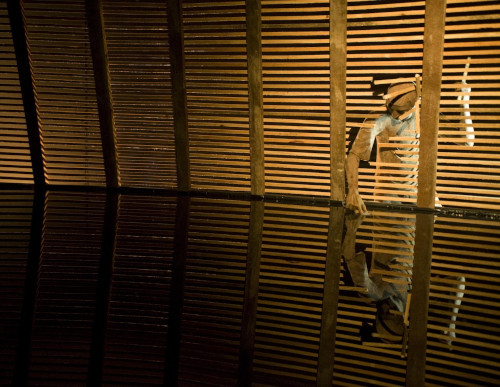

The marine park of Professor Luiz Saldanha is a success in sustainable conservation of species that interact with humans over its 12 years of existence.
The impact of overfishing on marine biodiversity has been a major concern of the scientific community. The issue has sparked heated debates in the global world, since it is necessary to implement responses bio sustainable, effective and timely measures in view of the human needs by one of its major food source that until recently it was said that was inexhaustible. After all, the scenario is much more dramatic than previously thought. However, there is always a light at the end of the tunnel, and that is where the project bioseas took place in the marine park of prof. Luiz Saldanha, between the beach and Figueirinha Foz, north of Cape Espichel. The objective was to "create marine prairies, once located on the coast of Arrábida, by planting three different species of seaweed very important from the standpoint of maintaining the fish population, water quality and retention of sand and marine biodiversity" as the lay report from Bioseas refers.
"We replanted over three years 60 installments between the area and Portinho and Galapos. Marine plants were collected in the Ria Formosa and the Sado Estuary for this purpose. A scientific experiment has not had the expected result, due to external constraints, motivated by natural storms that occurred in this area and the ability of herbivores salema fishes. Despite the drawbacks, there by counting the existing fish larvae, in addition to the 28 species that reside in this marine park, thanks to the project at this site were introduced 220 new specimens to the catalog of Luiz Saldanha. It is noteworthy that 37 of these marine animals are sharks and rays. The dogfish and smooth shark girly leg are two cartilaginous with a status of vulnerable and therefore appear in the red list of endangered species. It is also worth noting the white streak, which is also registered as in danger of disappearing from the seas and already one can see these in the marine prairies. It was also concluded that the number of fish increases if monitoring is constant and there is greater protection of a coastal area designated for that purpose "as concludes. The results show that partially protected areas allow the recovery of biodiversity that contributes to sustainable fisheries and greater awareness of future generations for these marine areas.








